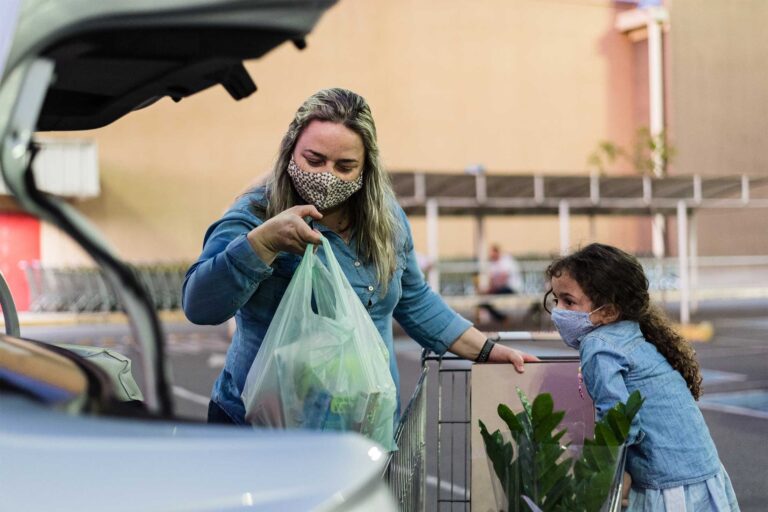Sarah Bohn, vice president of research and senior fellow, testified today, March 17, 2021, in front of the Assembly Budget Subcommittee on Health and Human Services. Here are her prepared remarks.
Thank you to the chair, Assemblymember Dr. Arambula, and committee members, for inviting me to speak with you today. I would like to make four main points based on my experience as a researcher studying long-term trends in the economy, poverty, and the social safety net.
First, the defining feature of the current recession is of economic bifurcation and disparities in opportunity. The unemployment rate stands at 9% but is substantially higher for Latino and Black workers, those without a college education, and among lower income families.
These disparities predate COVID-19. Before the pandemic, even with the strongest improvements for low income families we’d seen in 40 years, one-fifth of families were relying on $42,000 or less per year (for a family of four). Worse, Black and Latino families were especially likely to be in this group, struggling with poverty or near-poverty. This is the result of a four-decade trend in greater income inequality and poverty.
Second, every recession in the past four decades has exacerbated economic disparities (the one exception is the dot-com bust). Generating a more equitable recovery will require a new approach. Middle and low incomes took 10 to 12 years to recover from the Great Recession (and a bit longer in some regions of the state). Many families barely got a breath before the pandemic hit. Though we expect this recovery may be faster, all recessions have a lag, felt more strongly at lower income levels. If we seek a more equitable recovery, we must target those experiencing the worst of the pandemic and bear in mind that even when economy-wide metrics look good the recession will likely still be very present for many Californians.
Third, we now know a lot about what works to support families in need, even as the pandemic has been a unique challenge for the safety net. In typical times, we know from the PPIC/Stanford California Poverty Measure that major state and federal programs keep at least 2.7 million people out of poverty, including 1.1 million children. Due to their scope and scale, CalFresh and tax credits are the biggest poverty-reducers for children, and CalWORKs is next.
These programs actually support many more Californians if we think about well-being over time: we find that 50% of children benefit from CalFresh and/or CalWORKS during some point in their first five years. In the last recession, our research found that children fell deeper into need. That is, families relied on both CalFresh and CalWORKs when in regular times they may have just needed CalFresh.
One factor that may make the need different in this recession is the scale of federal stimulus. There is some consensus among researchers that the initial stimulus in 2020 may have prevented poverty rates from increasing. Direct stimulus payments had the largest estimated impact followed by unemployment insurance expansions. However, with implementation challenges, periods when support expired, and gaps in access to support, I would expect to see an increase in poverty when we look at the year overall, especially among certain demographic groups or communities who have been most impacted.
Fourth and finally, policy decisions this year will have major implications for near-term—and potentially long-term—economic well-being. The American Rescue Plan Act signed by President Biden extends for one year many provisions that research believes were effective during the past year. It also expands support for families with children on a new scale, through fully refundable tax credits. Nationwide estimates suggest this could cut child poverty in half; our rough calculations from the California Poverty Measure suggest a slightly smaller but substantial impact for the state. If extended beyond this year, such expansions could be game changing for child poverty. There is strong consensus that material need is detrimental to long-term economic, educational, and health outcomes; there is also strong consensus that large-scale programs that provide cash and cash-like benefits can reverse those outcomes.
Two observations may help put the child tax credit programs in perspective. First, as currently designed these credits are unlikely to discourage families from working, or not enough in aggregate to outweigh the benefits. Second, child tax credits alone would not be sufficient to keep child poverty at bay. CalFresh, CalWORKs and other existing programs could work in concert with expanded tax credits to effectively and equitably reach Californians in need.
Thank you for the opportunity to share this with you today.



